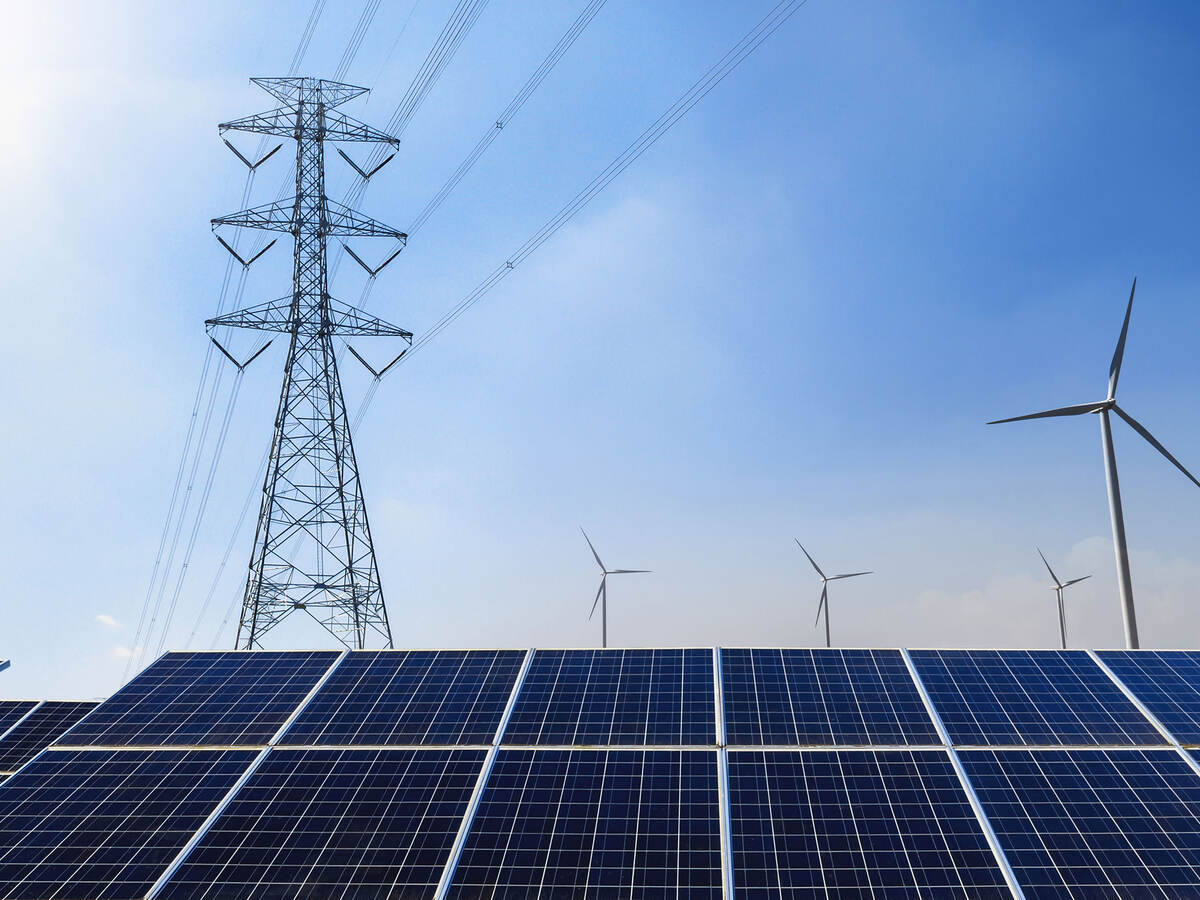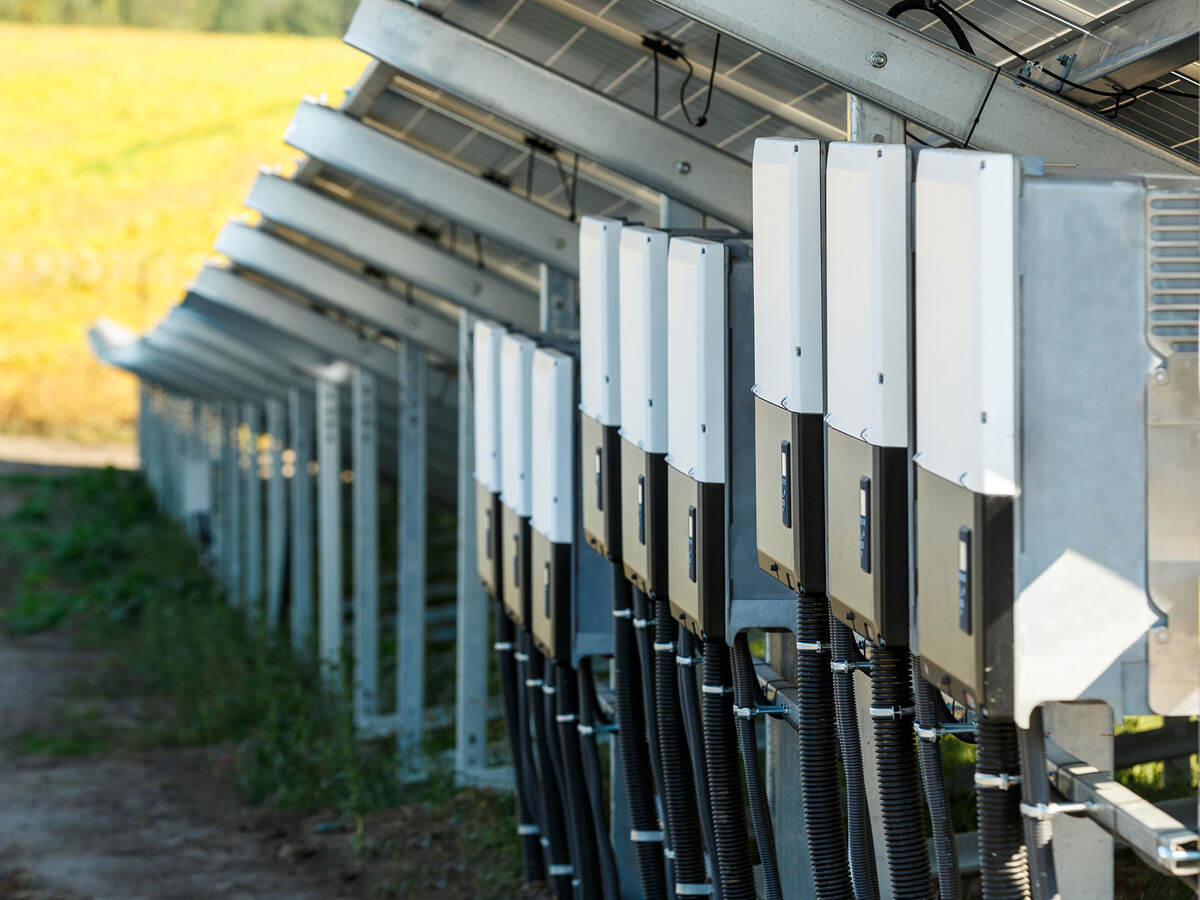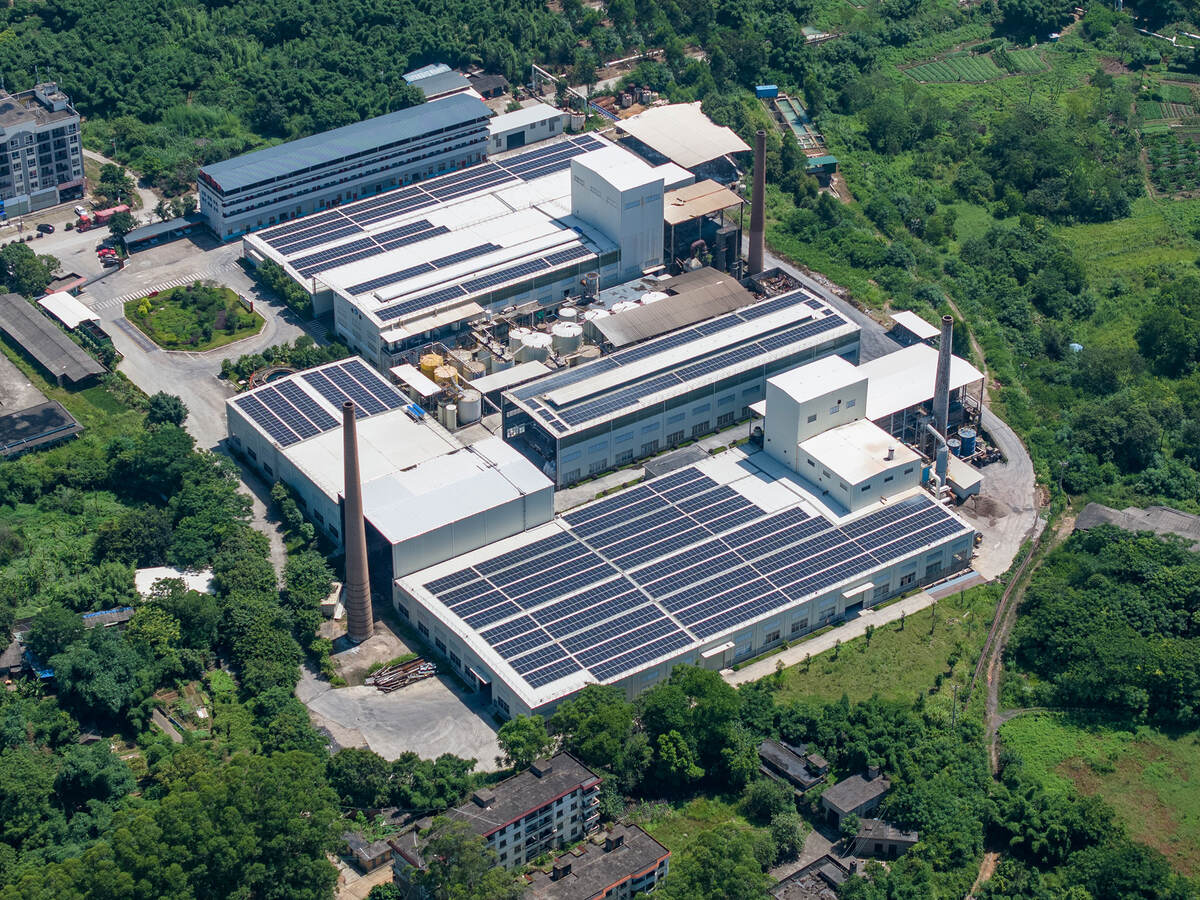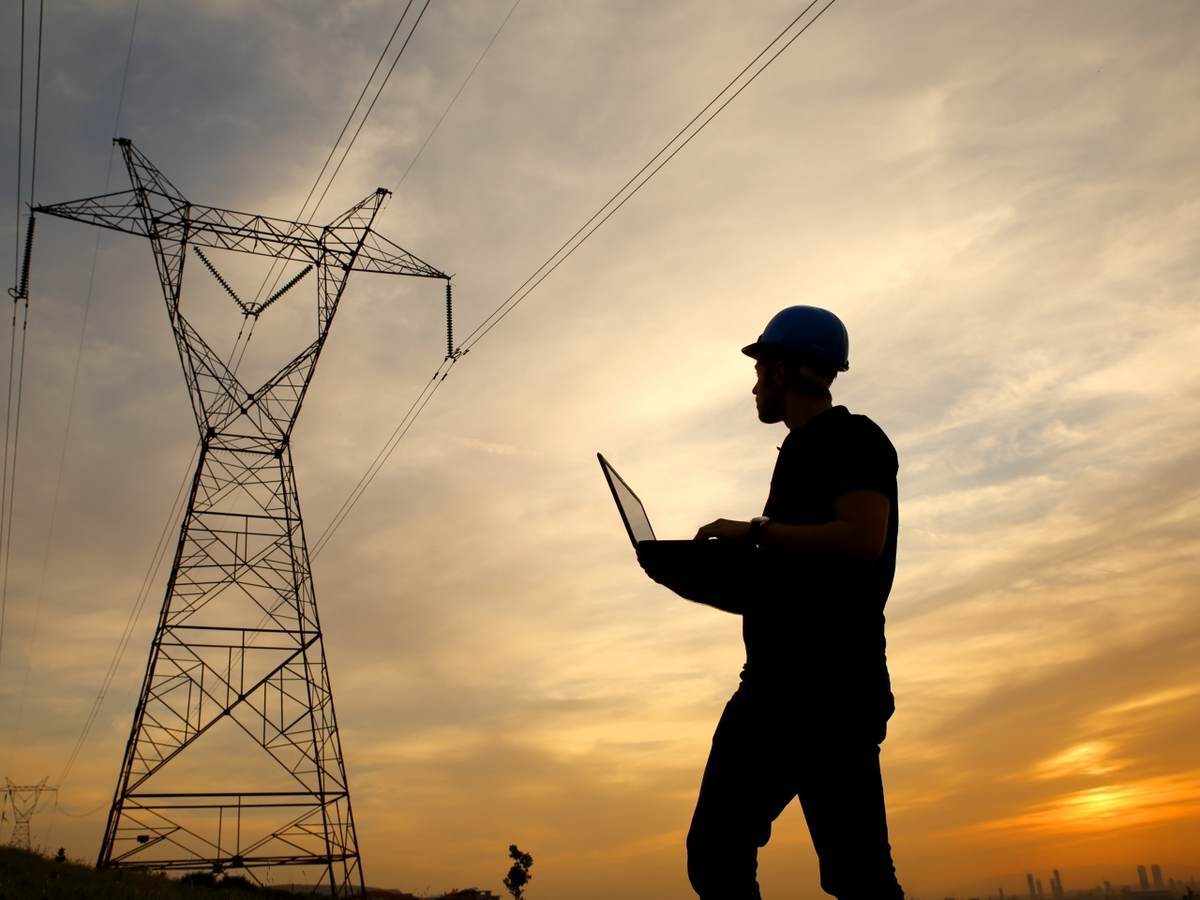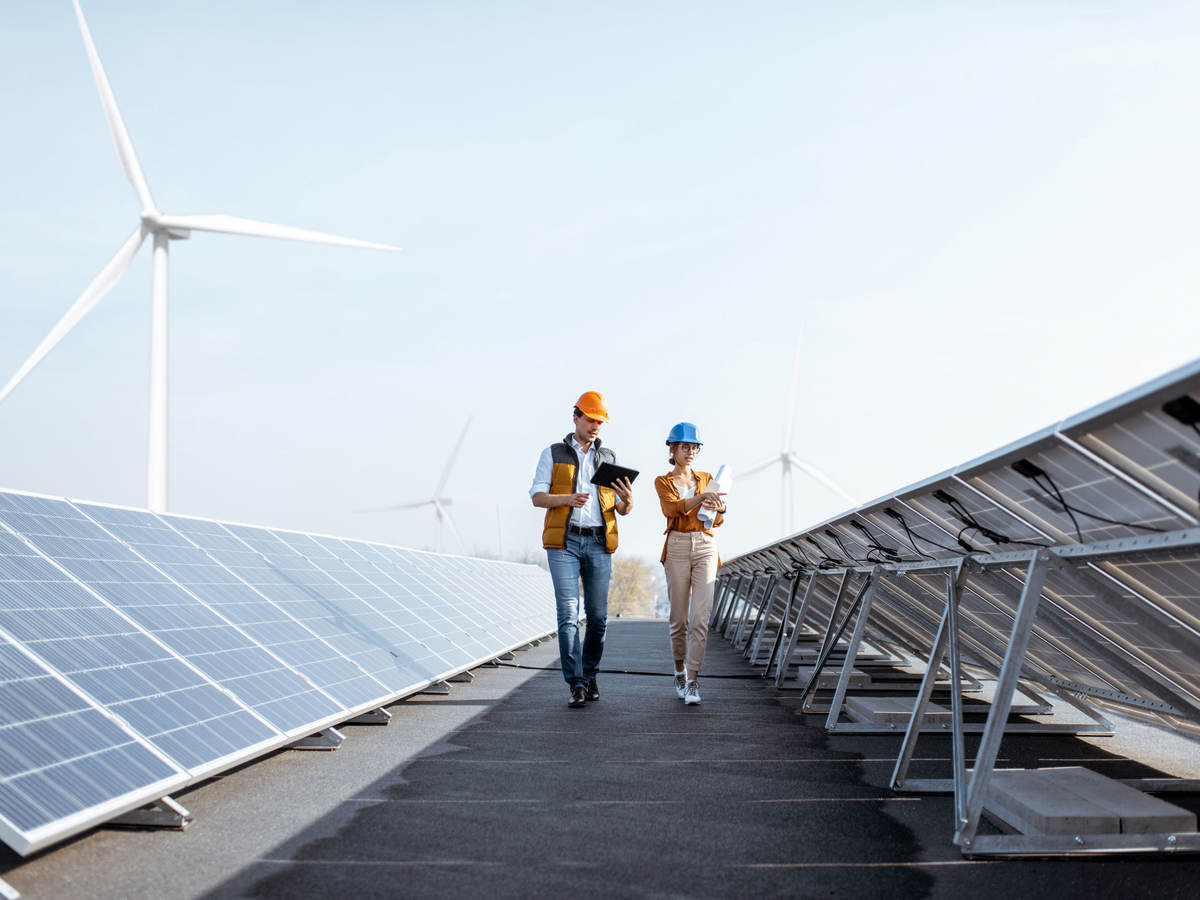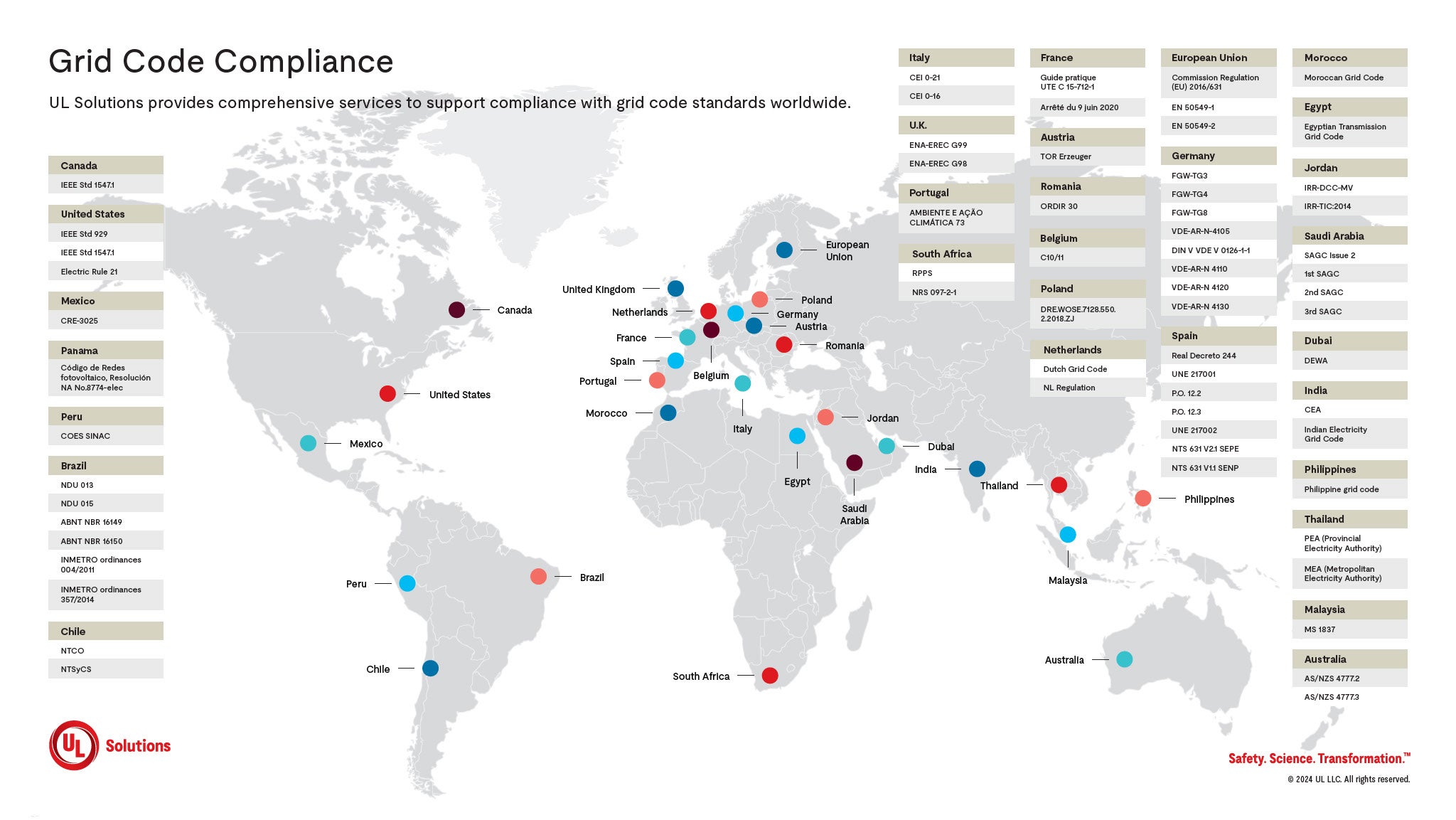UL Solutions offers Grid Code Compliance (GCC) services, including testing, inspection, certification and simulation services for a wide variety of power-generating units and power plants.
In pursuit of the goal of decarbonization, power production is transitioning from centralized fossil fuel plants to decentralized production using renewable resources.
More and more distributed energy resource systems and renewable plants are coming online, driving change in the overall power grid and grid codes.
Power producers must have a comprehensive understanding of evolving grid code compliance standards and how to demonstrate compliance.
Expert grid code compliance services
At UL Solutions, we connect energy equipment manufacturers and power plant developers with comprehensive grid code compliance services that address a wide range of standards, generating units and systems.
Through our grid code compliance services for energy equipment and power systems, we have supported over 200 renewable installations, resulting in a growth in installed capacity of over 9GW.
Here’s how power producers and suppliers benefit from working with us:
- Simplify complex projects by working with a single source provider for grid code compliance activities.
- Engage with renewable power experts with decades of experience in testing, inspection, certification and simulation.
- Demonstrate compliance to more than 60 grid codes around the world.
Testing, inspection and certification services for grid code compliance
We offer support for manufacturers of energy equipment including
- Photovoltaic inverters.
- Wind turbines.
- Energy storage power conversion systems.
- Bi-directional EV chargers.
- Combined heat and power generators.
- Mini-hydroelectric generators.
- Synchronous generators.
- Power plant controllers.
System-level services for grid code compliance
For power plant developers, UL Solutions can provide the following support:
- Simulation and certification for utility-scale power plants.
- Simulation and certification for utility-scale distributed energy resources.
- Engineering grid studies.
Global support for grid code compliance needs
We have testing facilities in key locations in Germany, Spain and the United States, including test benches for wind turbines up to 500kW and at the MW scale. Our engineers can also perform testing at customer facilities.
UL Solutions is an accredited testing laboratory according to ISO/IEC 17025 and an accredited certification body according to ISO/IEC 17065 for GCC services:
- DEWI-OCC Offshore and Certification Centre GmbH accredited by Deutsche Akkreditierungsstelle (DAkkS) in Germany.
- CERTIFICATION ENTITY FOR RENEWABLE ENERGIES, S.L. accredited by Entidad Nacional de Acreditación (ENAC) in Spain (17025 and 17065).
- CERTIFICATION ENTITY FOR RENEWABLE ENERGIES, S.L. accredited by American Association for Laboratory Accreditation (A2LA) in the United States.
UL LLC is also a National Recognized Testing Laboratory (NRTL), recognized by OSHA (U.S. Occupational Safety and Health Administration) for the local grid code standard. UL Solutions has over 50 Recognized Test Sites.
UL Solutions can also bundle grid code and other IEC/UL standards to further streamline your market access activities.
Power generating units (PGU) certification
We can test and certify energy unit and component PGU portfolios according to 60 grid code standards.
Certification for developers of power plants
UL Solutions can provide accredited engineering services to demonstrate compliance with grid codes for utility-scale power generating systems and distributed energy resources for many different countries.
Webinar
Grid code compliance with UL Solutions
Gain expert insights in our on-demand webinar on the grid code landscape, including EN 50549 and RfG 2016/631, and experience a live demonstration of the Global Compliance Manager (GCM) tool, designed to help streamline your compliance processes.
Grid Code Compliance e-Book
Our comprehensive e-book on Grid Code Compliance helps you align your products with local and international regulations.
Get connected with our sales team
Thanks for your interest in our products and services. Let's collect some information so we can connect you with the right person.

